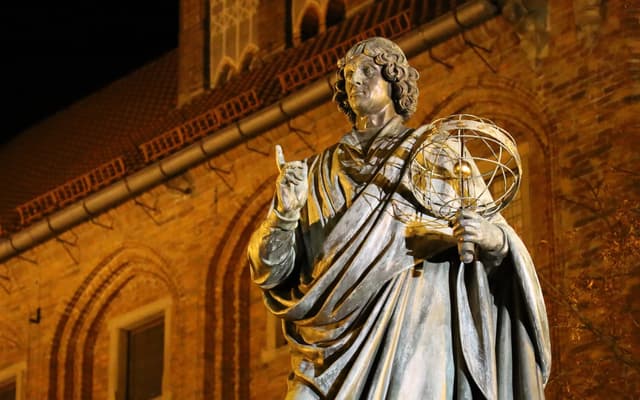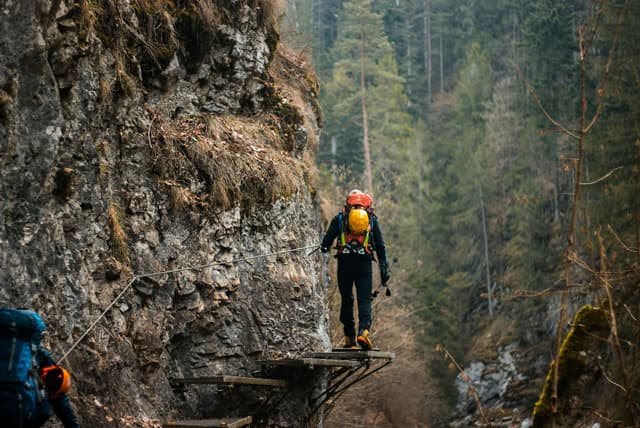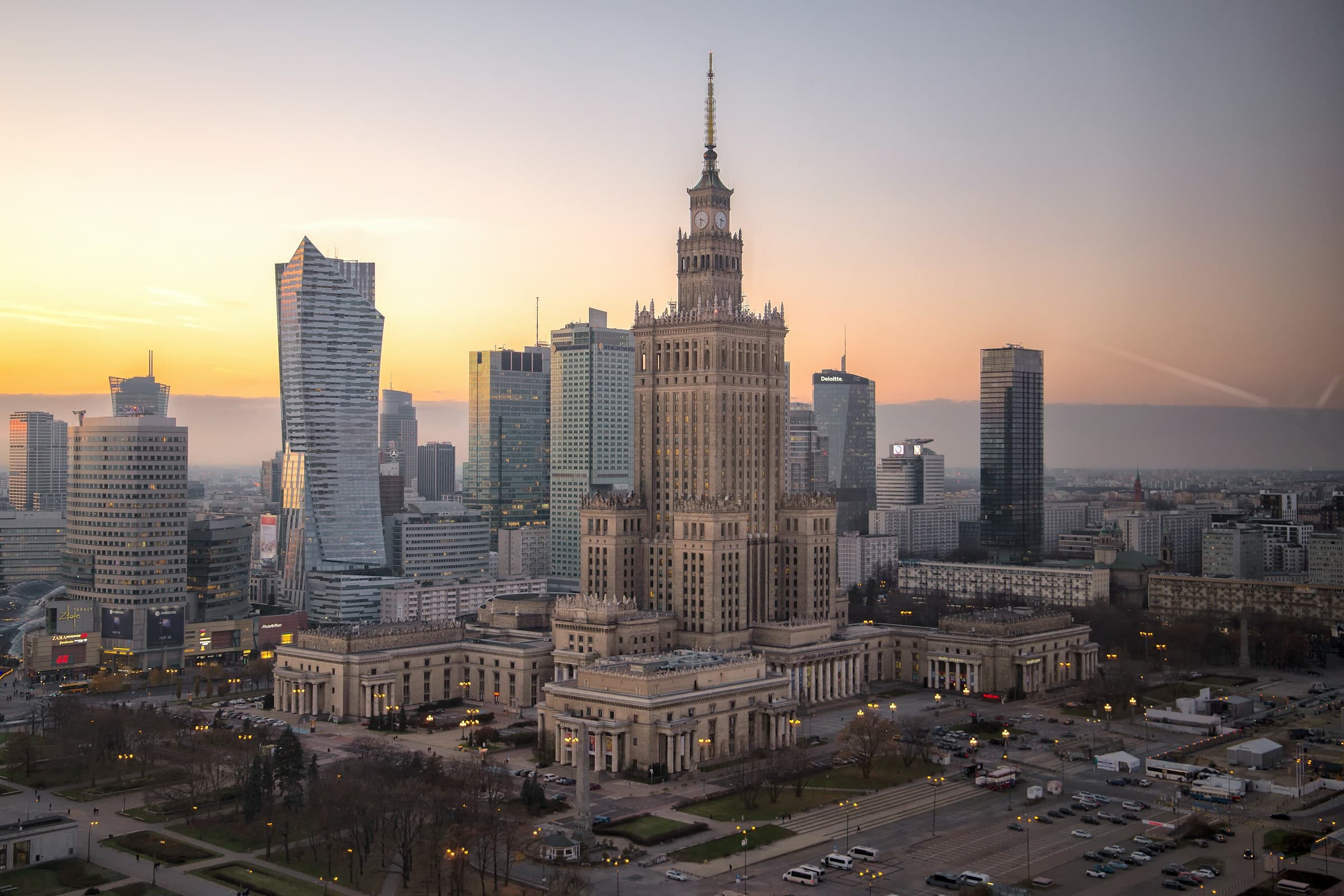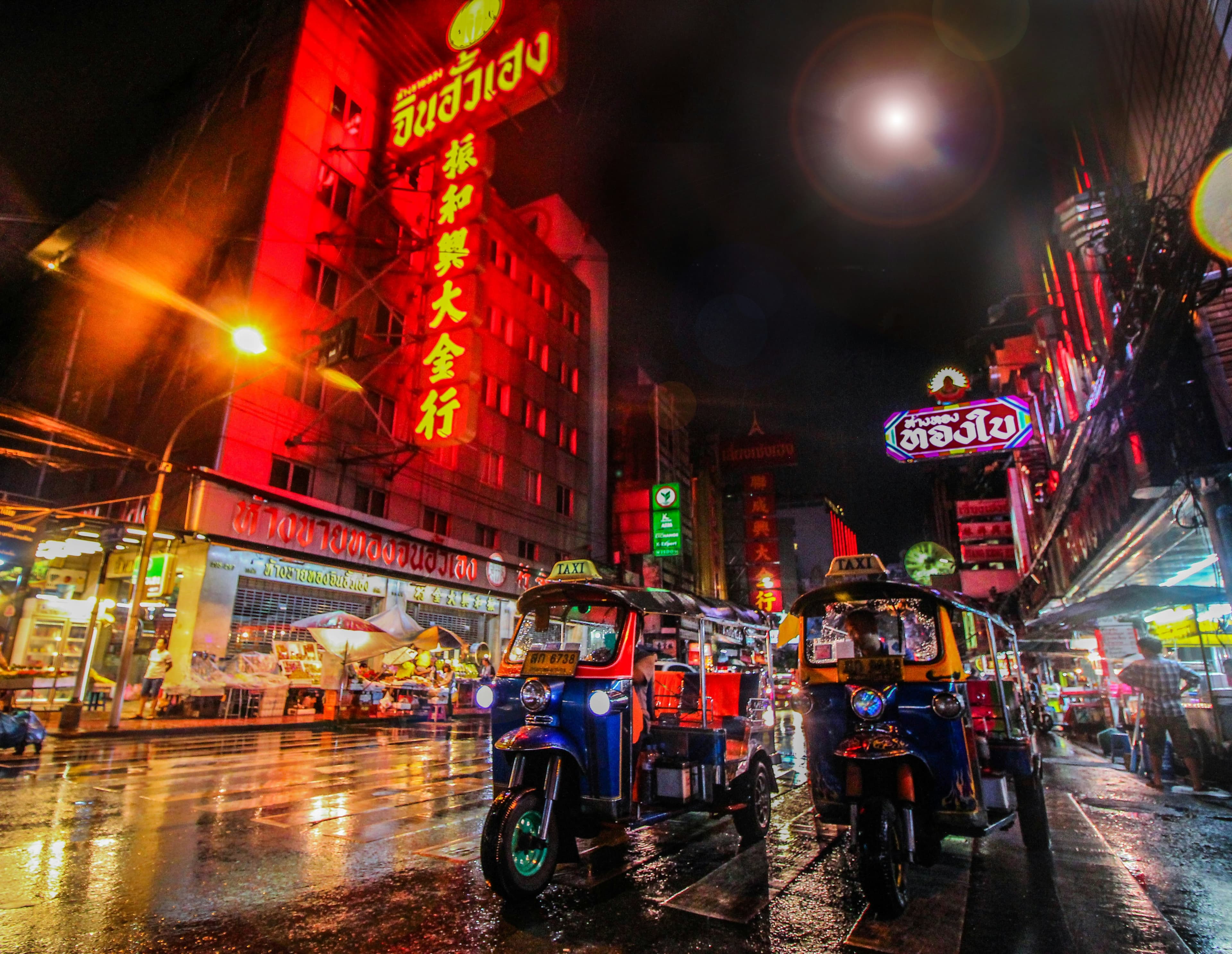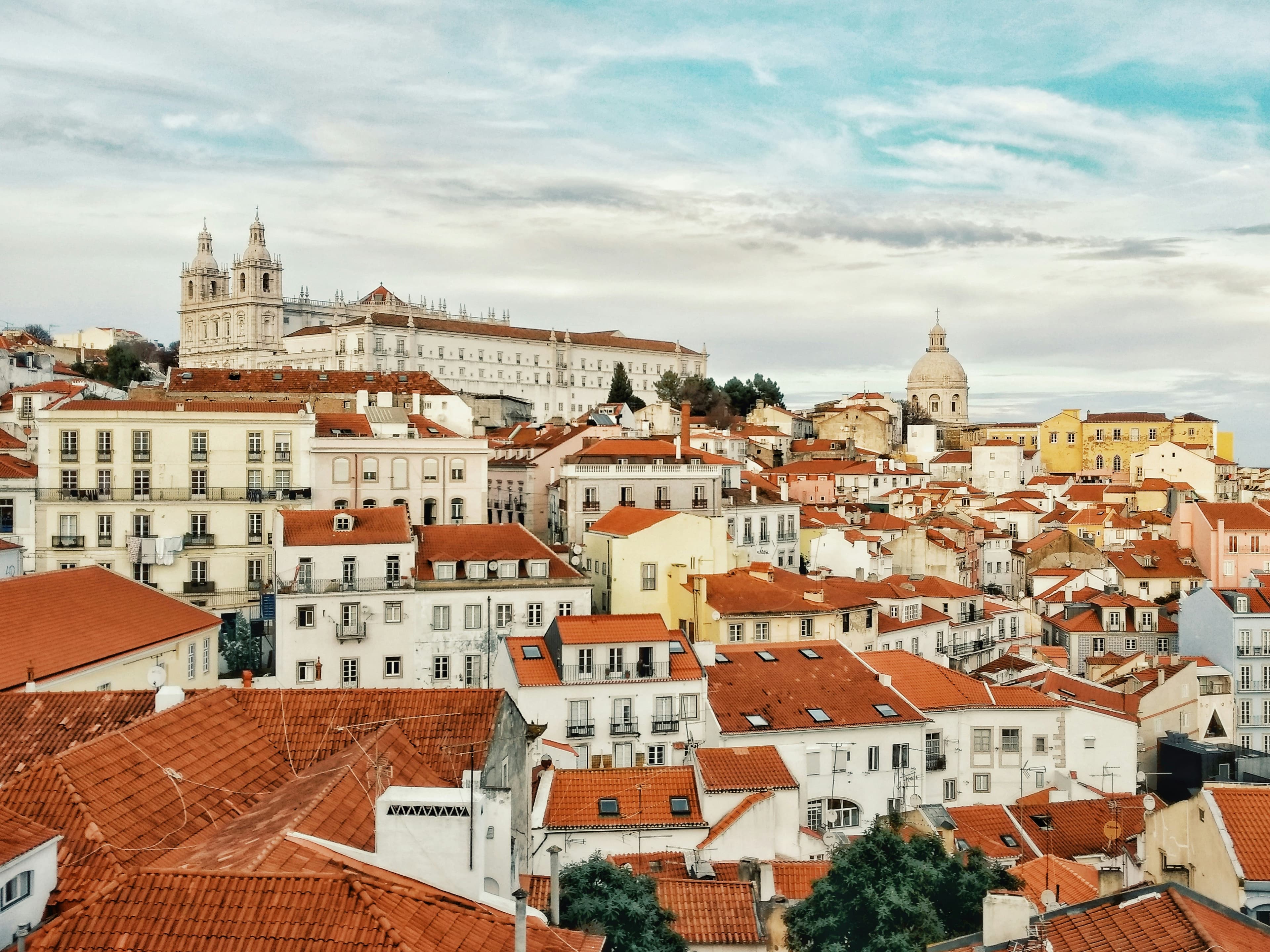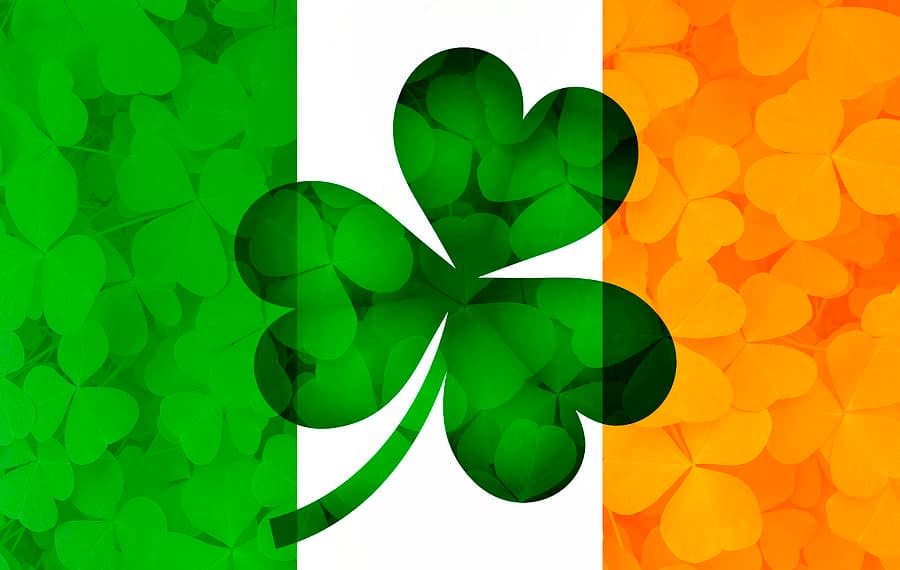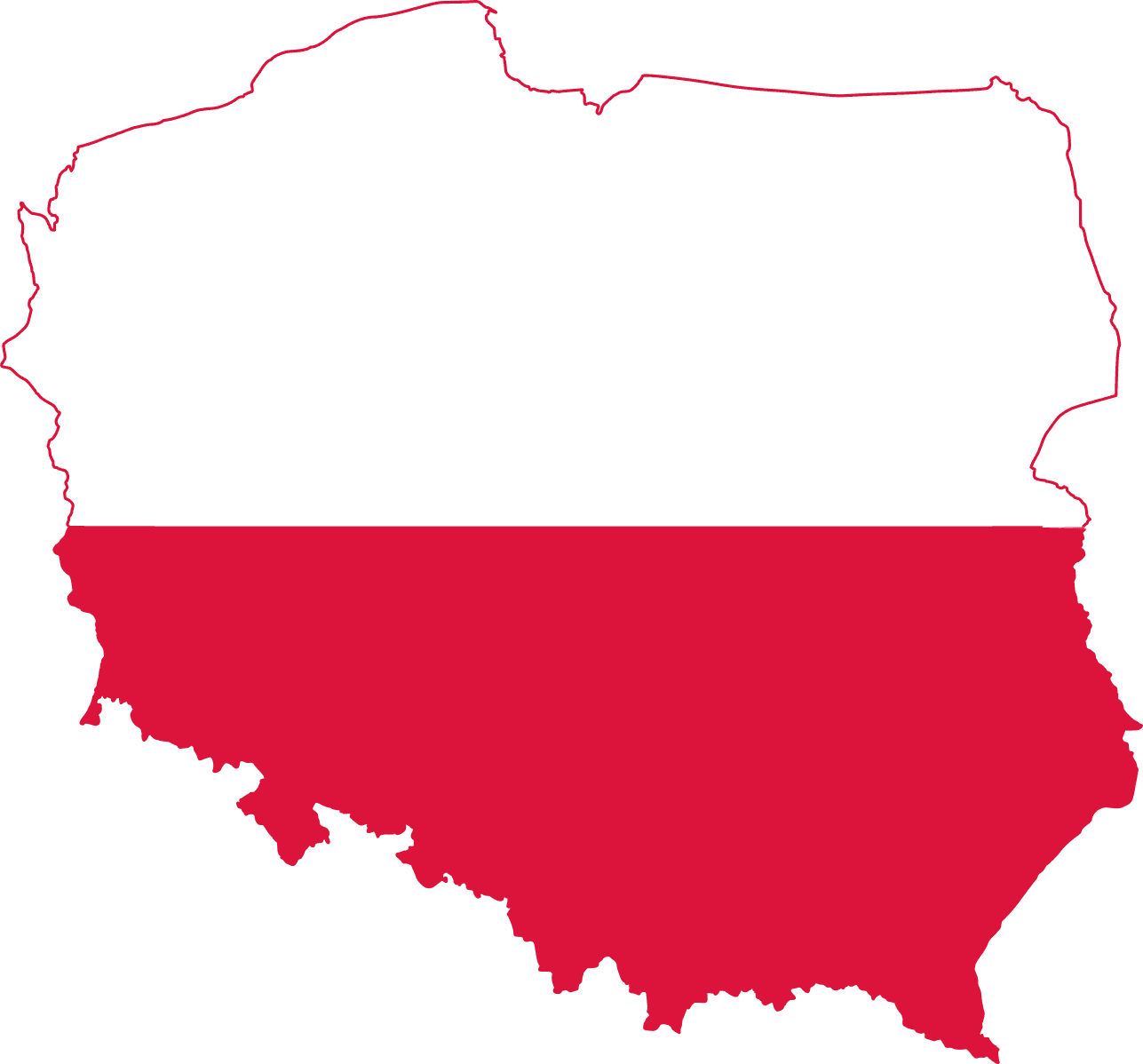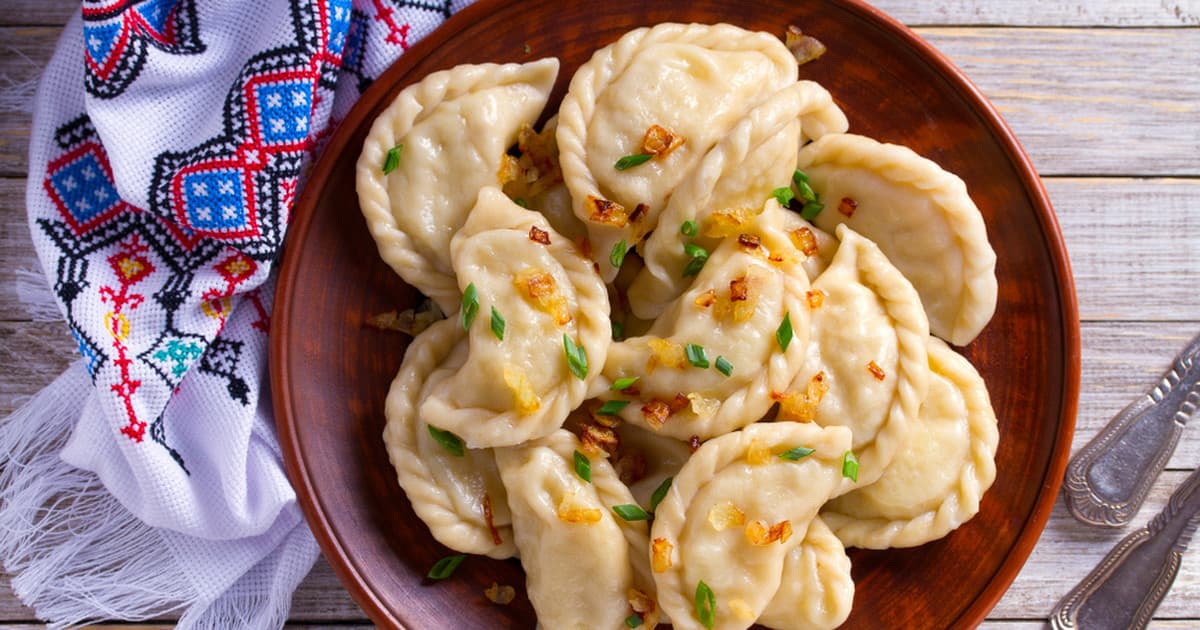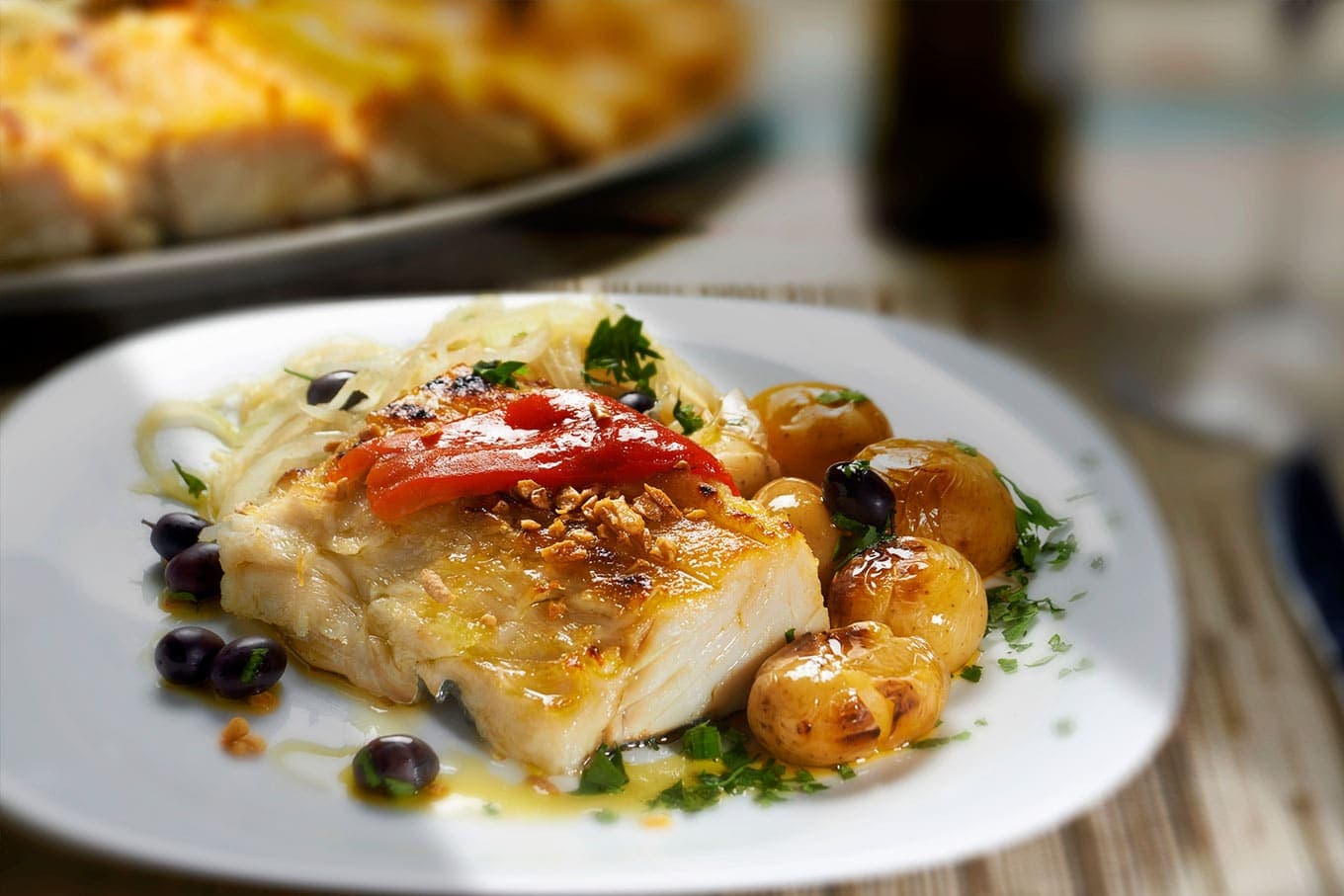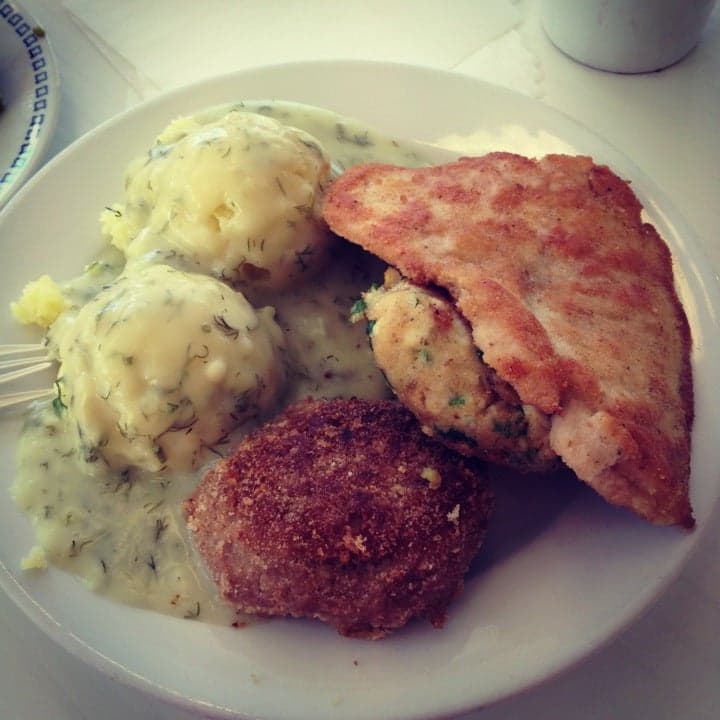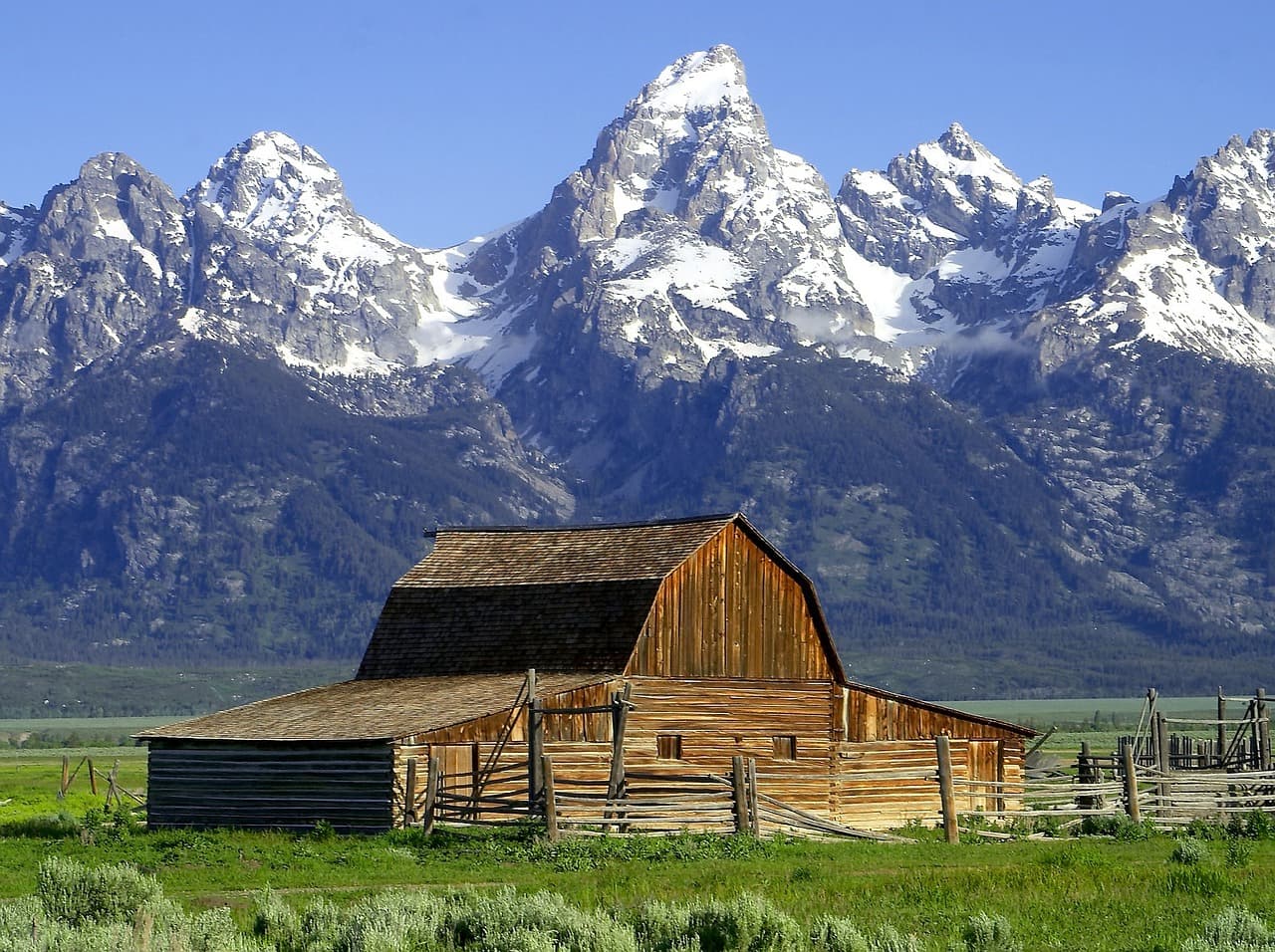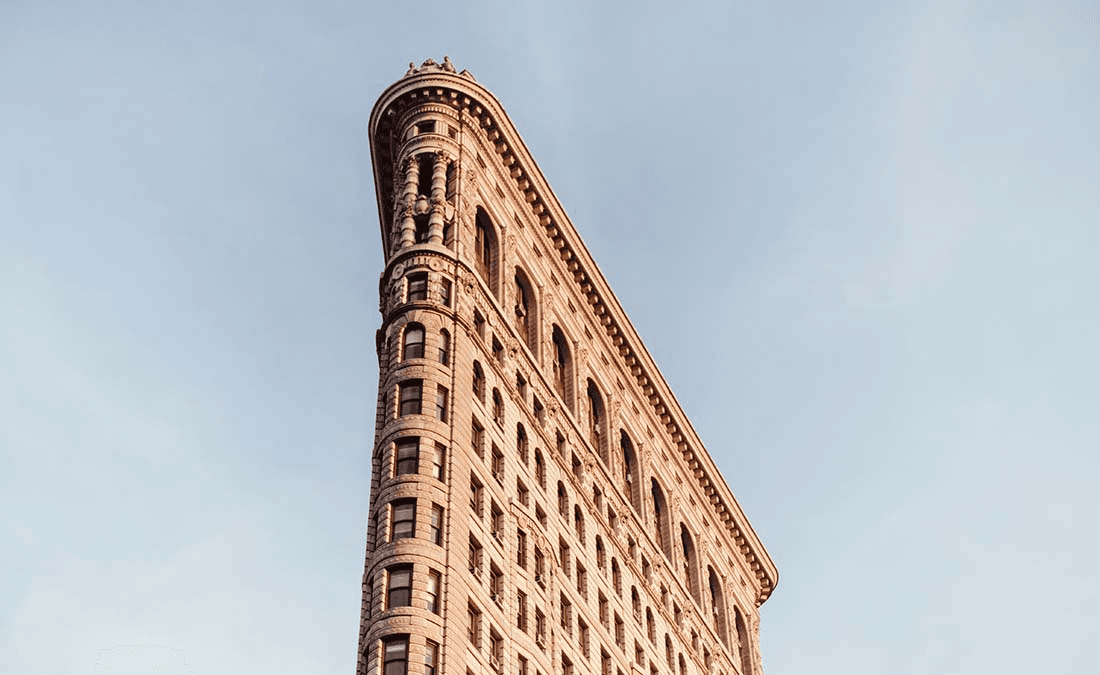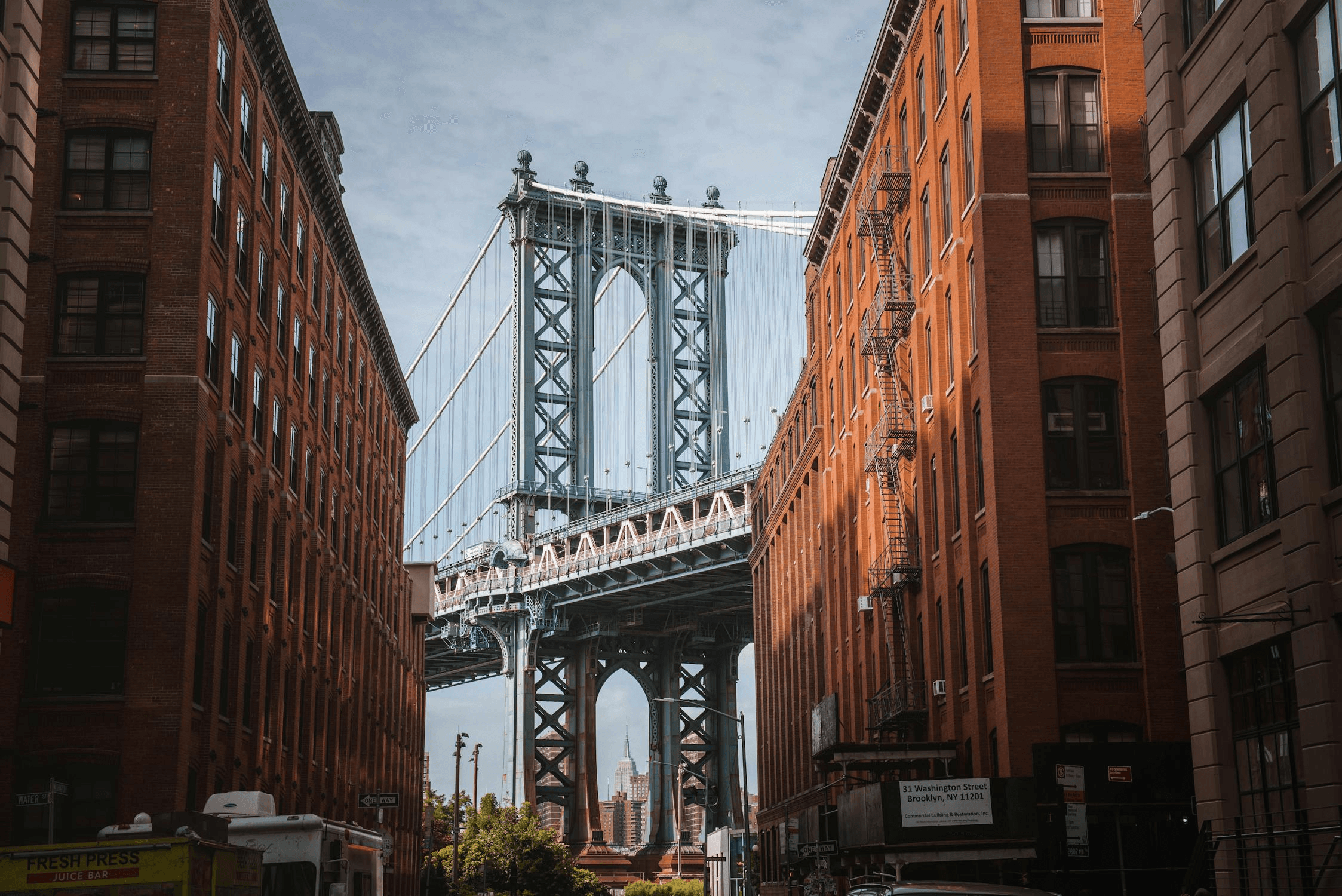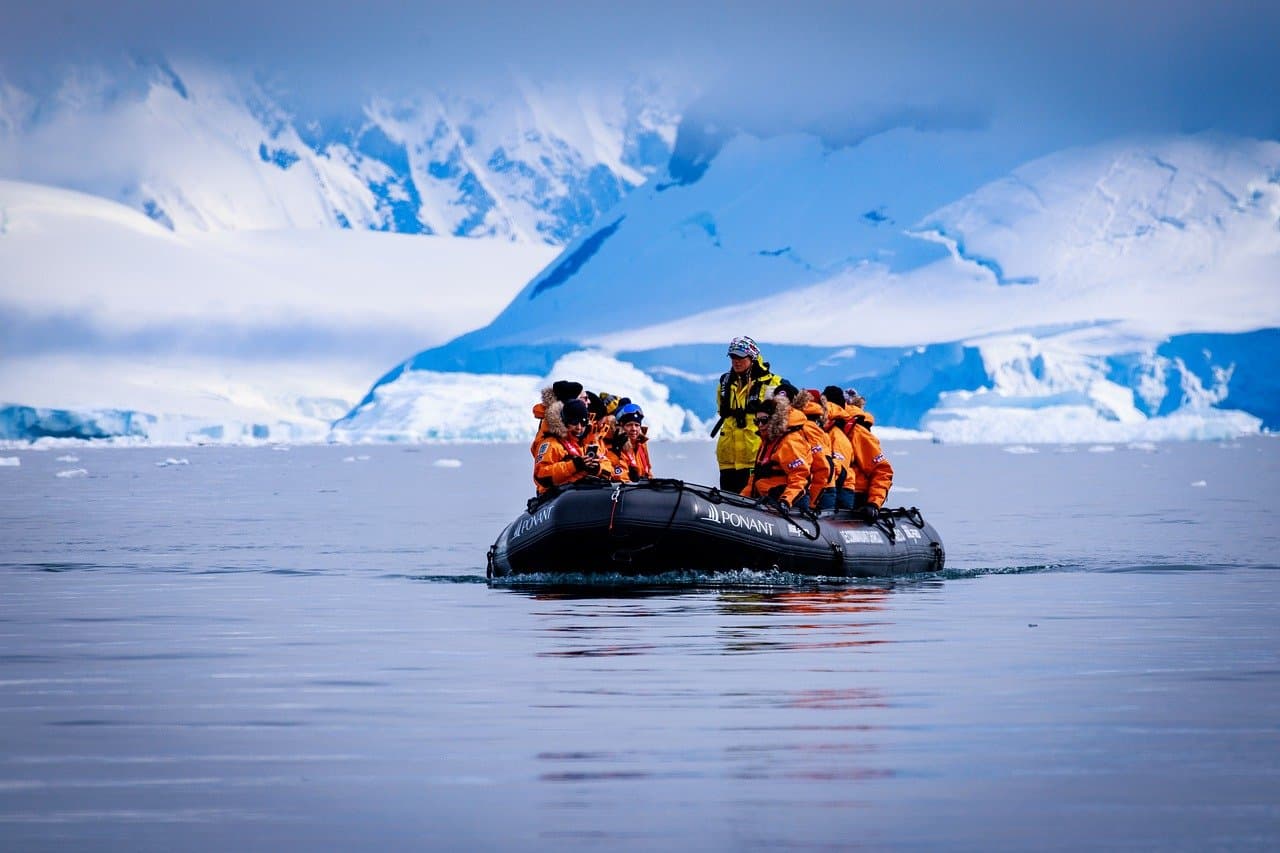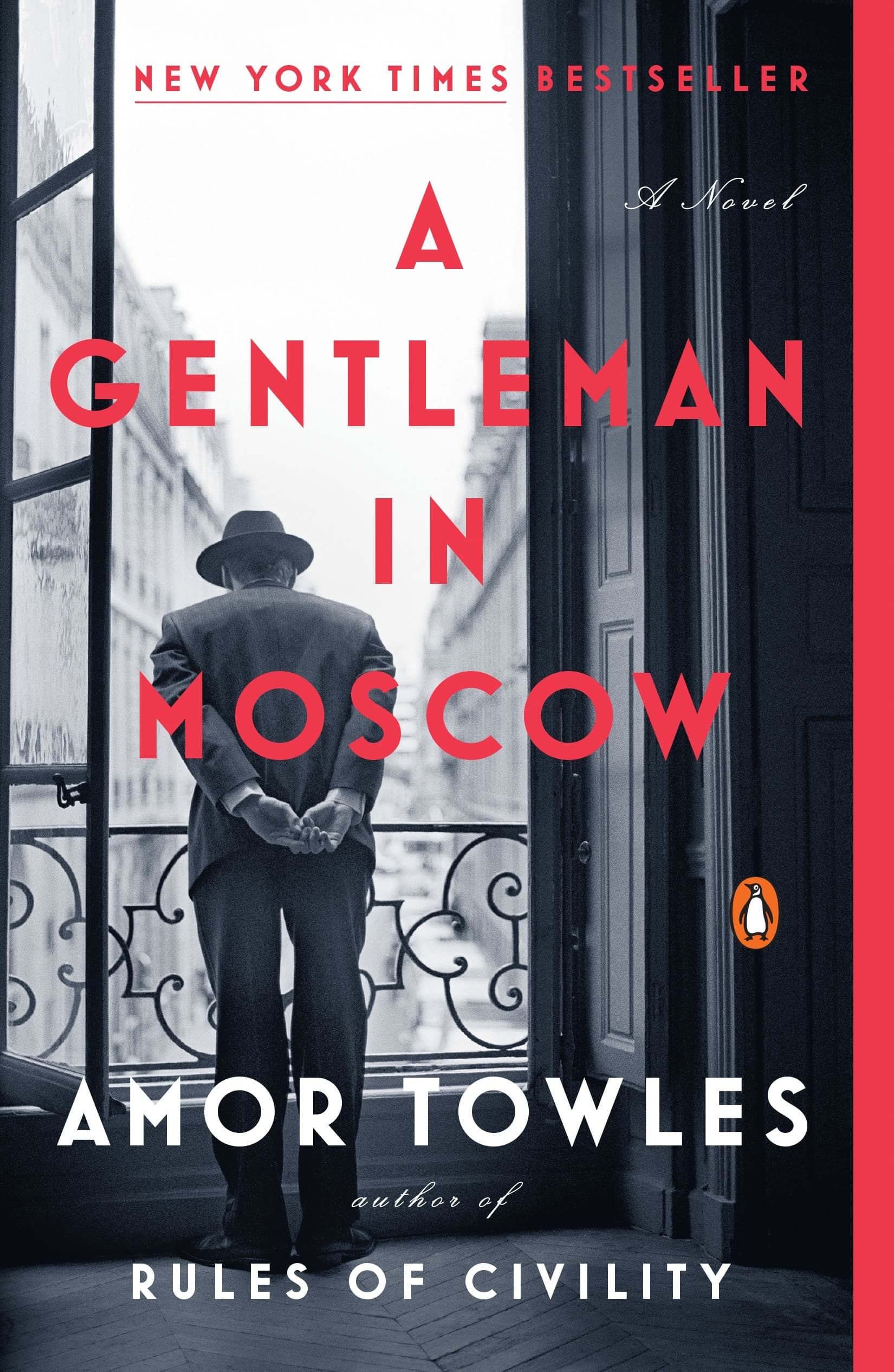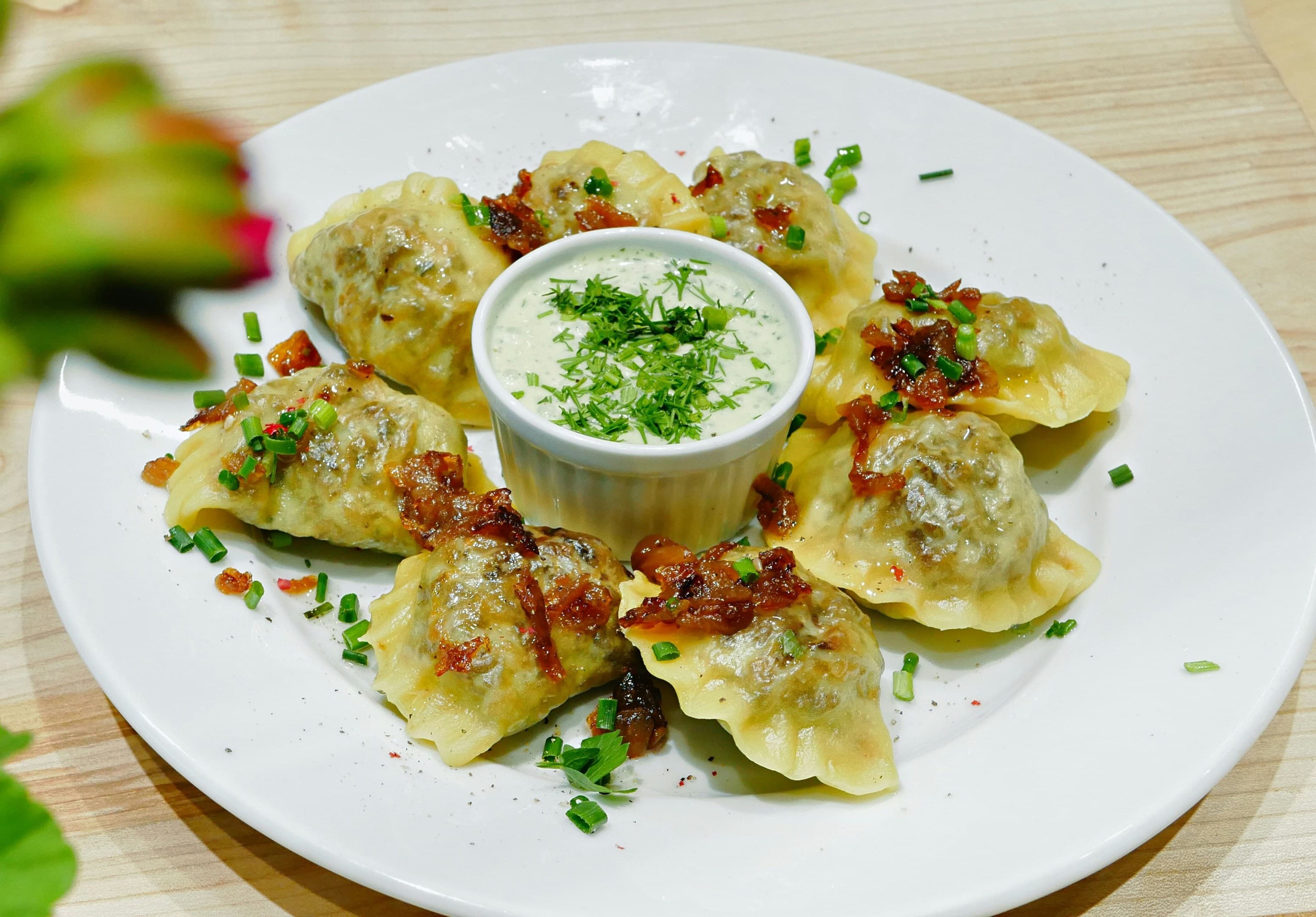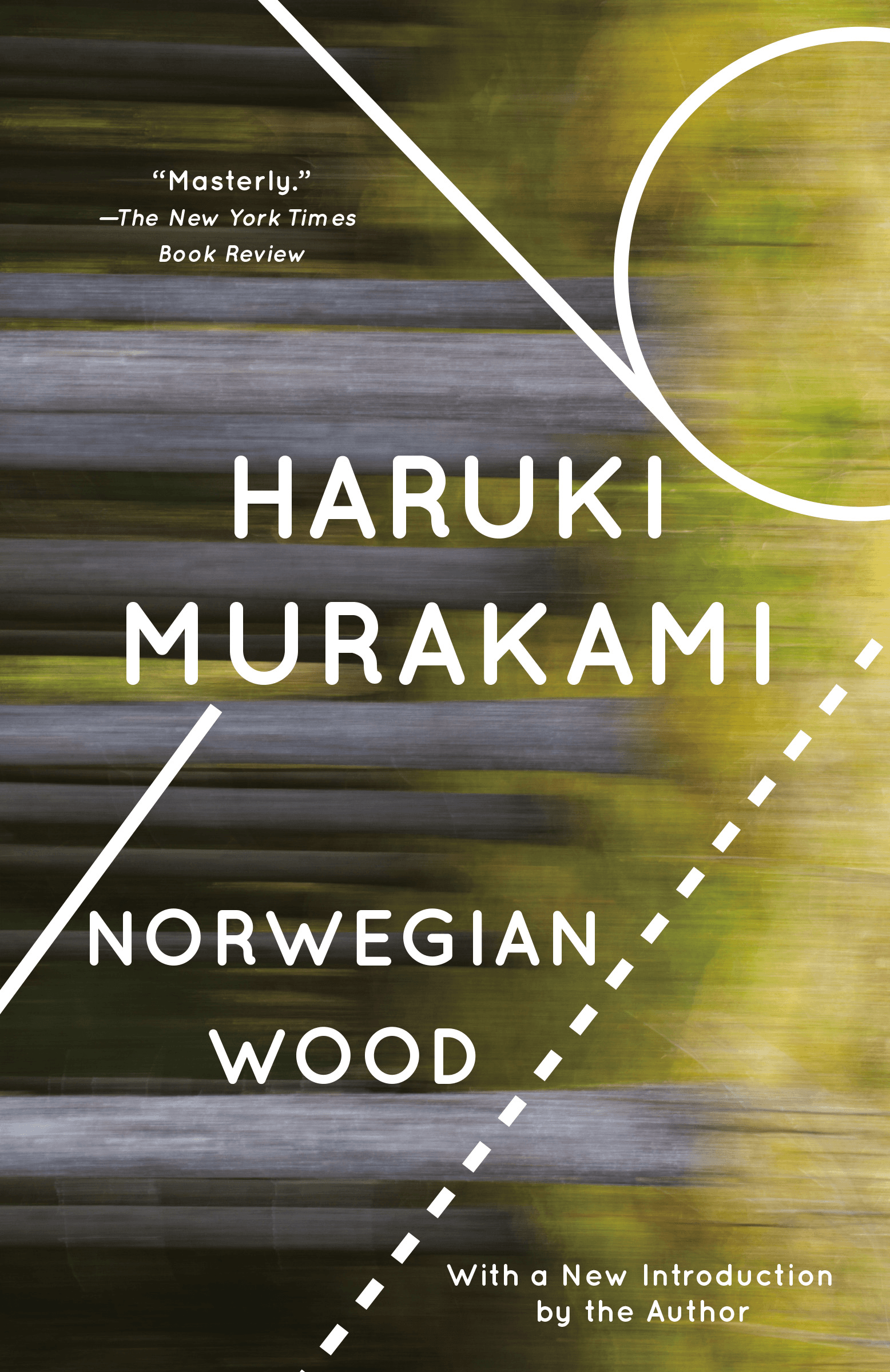Toruń vs. Slovenský raj National Park
Toruń
Toruń is one of Poland’s most fascinating and well-preserved cities. Sitting on the banks of the Vistula River, it’s a place where medieval charm blends seamlessly with a lively modern atmosphere. Unlike many Polish cities, Toruń was spared destruction during World War II, which means its historic Old Town remains intact, offering visitors an authentic glimpse into Poland’s past. In 1997, it was recognized as a UNESCO World Heritage Site, a testament to its architectural and cultural significance. A Medieval Treasure Stepping into Toruń’s Old Town is like walking through a storybook. Gothic churches, red-brick merchant houses, and cobblestone streets create a timeless atmosphere. The city was a powerful trading center in the Hanseatic League, and its wealth is reflected in landmarks like the Town Hall, an imposing structure at the heart of the city, and the beautifully preserved medieval walls. Many buildings date back to the 14th and 15th centuries, making Toruń one of Poland’s be...
Slovenský raj National Park
Slovenský raj National Park is one of Slovakia’s most stunning natural areas. The name means "Slovak Paradise," and it fits—the park is a maze of deep gorges, waterfalls, and dense forests, crisscrossed by ladders, wooden bridges, and chain-assisted pathways that turn hiking into an adventure. If you like nature with a bit of adrenaline, this place is for you. The park is in eastern Slovakia, covering nearly 200 square kilometers of rugged limestone terrain. Over centuries, the Hornád River and its tributaries carved dramatic canyons and ravines into the landscape. The most famous of these is Suchá Belá, a gorge with wooden walkways and metal ladders leading past waterfalls. Prielom Hornádu, a breathtaking river canyon, is another highlight, where hikers traverse cliffside ledges and wade through the river itself. One of the most famous viewpoints is Tomášovský výhľad, a rocky outcrop offering sweeping views over the Hornád valley. Rock climbers love it, but you don’t need ropes...
Reviews
Reviewed on 2/27/2025
Reviews
Reviewed on 2/28/2025
| Item | Votes | Upvote |
|---|---|---|
| World capital of gingerbread | 1 | |
| Birthplace of Copernicus | 1 | |
| Beautiful medieval architecture | 1 |
| Item | Votes | Upvote |
|---|---|---|
| No cons yet, would you like to add one? | ||
| Item | Votes | Upvote |
|---|---|---|
| Beautiful | 1 | |
| Great for the adventurous | 1 |
| Item | Votes | Upvote |
|---|---|---|
| Can be scary | 1 |
Frequently Asked Questions
Toruń is an excellent destination for history lovers, featuring well-preserved medieval architecture, the birthplace of Nicolaus Copernicus, and a rich cultural heritage, including its famous gingerbread. In contrast, Slovenský raj National Park is ideal for nature enthusiasts, offering stunning landscapes, deep gorges, and adventurous hiking trails. If you prefer exploring historical sites and cultural experiences, Toruń is the better choice. However, if you seek outdoor adventures and breathtaking natural beauty, Slovenský raj is more suitable.
Toruń offers a unique culinary experience with its famous gingerbread (pierniki), which has a rich history and is a symbol of the city. Visitors can even participate in traditional gingerbread-making. On the other hand, Slovenský raj National Park does not have a specific culinary identity but may offer local Slovak dishes in nearby villages. For a distinctive food experience, Toruń is the clear winner.
Yes, the hiking experience in Slovenský raj National Park is more adventurous due to its rugged terrain, ladders, and chain-assisted pathways that provide a thrilling outdoor experience. In contrast, exploring Toruń involves walking through its charming medieval streets and visiting historical landmarks, which is more leisurely and focused on cultural appreciation. If you seek adventure and physical activity, Slovenský raj is the better option.
Toruń is generally more suitable for families, as it offers a variety of cultural attractions, educational experiences related to Copernicus, and the opportunity to enjoy local treats like gingerbread. The city’s historical sites are accessible and can be enjoyed at a relaxed pace. Slovenský raj National Park, while beautiful, may present challenges for younger children due to its adventurous hiking trails and potential fears associated with heights. Therefore, families may find Toruń to be a more accommodating destination.
Toruń is known as the world capital of gingerbread, the birthplace of the famous astronomer Nicolaus Copernicus, and for its beautiful medieval architecture. The city is a UNESCO World Heritage Site, showcasing well-preserved Gothic churches, red-brick merchant houses, and cobblestone streets.
Pros of visiting Toruń include its status as the world capital of gingerbread, the historical significance as the birthplace of Copernicus, and its beautiful medieval architecture. There are currently no cons listed for visiting Toruń, making it an appealing destination for travelers.
In Toruń's Old Town, visitors can see stunning Gothic churches, the impressive Town Hall, and the Leaning Tower, a medieval defensive structure. The area is filled with cobblestone streets and beautifully preserved buildings dating back to the 14th and 15th centuries, providing a glimpse into Poland's rich history.
Nicolaus Copernicus is significant in Toruń as he was born there. His birthplace has been turned into a museum where visitors can learn about his contributions to astronomy, particularly his heliocentric theory, which revolutionized our understanding of the solar system. A statue of Copernicus also stands in the main square, commemorating his legacy.
The Museum of Toruń Gingerbread is dedicated to the city's famous gingerbread tradition, which dates back to the Middle Ages. Visitors can learn about the history of gingerbread, see old baking molds, and even participate in workshops to make their own gingerbread using traditional methods.
Toruń has a lively and youthful atmosphere, largely due to the presence of Nicolaus Copernicus University. The city hosts various cultural events, festivals, and has numerous cafes and bookshops, creating a dynamic environment. The riverside setting along the Vistula River adds to its charm, especially during the summer months.
Slovenský raj National Park, meaning 'Slovak Paradise,' is known for its stunning natural beauty, featuring deep gorges, waterfalls, and dense forests. The park offers adventurous hiking experiences with ladders, wooden bridges, and chain-assisted pathways, making it a popular destination for nature lovers and thrill-seekers.
Pros of visiting Slovenský raj National Park include its beautiful landscapes and the adventurous hiking opportunities it offers. However, a con is that some of the trails can be scary for those who are not accustomed to heights or rugged terrain.
Slovenský raj National Park is home to a diverse range of wildlife, including brown bears, wolves, lynxes, and golden eagles. The park's dense forests and meadows also support rare flowers and one of the highest concentrations of butterflies in Slovakia.
Main attractions in Slovenský raj National Park include the Suchá Belá gorge with its wooden walkways and metal ladders, the breathtaking Prielom Hornádu river canyon, and the famous viewpoint Tomášovský výhľad. Additionally, the UNESCO-listed Dobšinská Ice Cave, known for its massive ice formations, is a must-visit.
The best time to visit Slovenský raj National Park is during the summer months when the weather is ideal for hiking. However, it also attracts visitors in winter when the trails are transformed into cross-country ski routes, offering a different way to experience the park's beauty.
